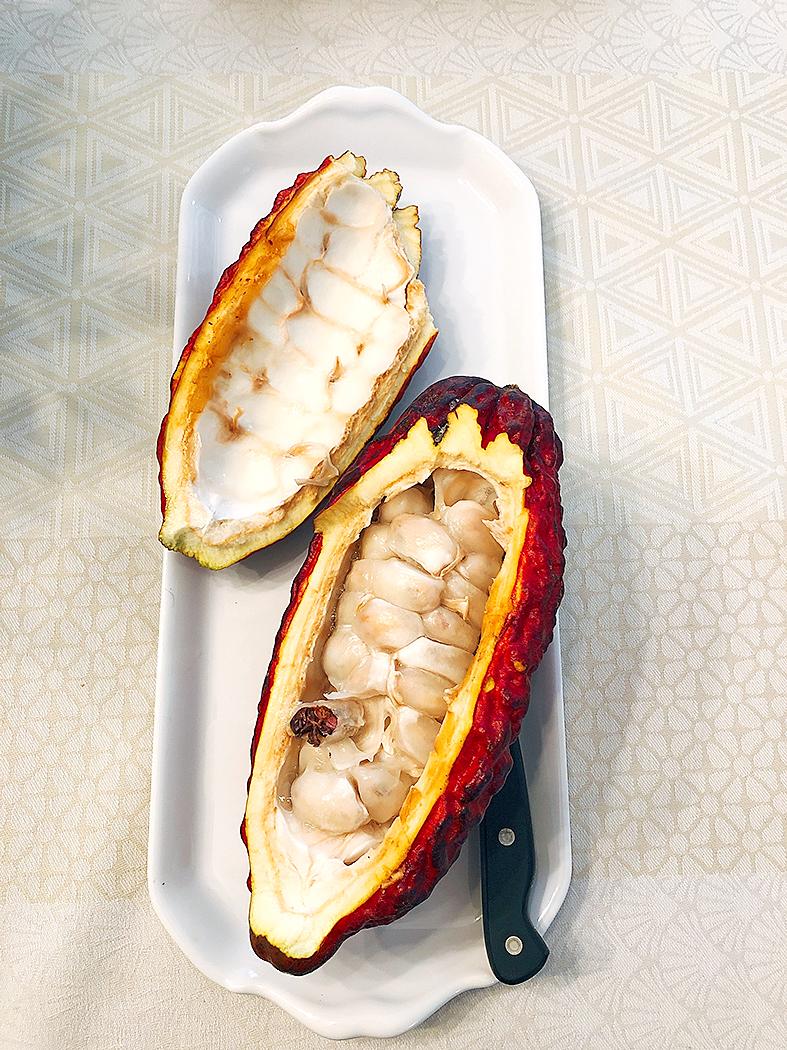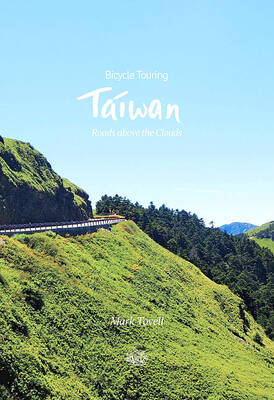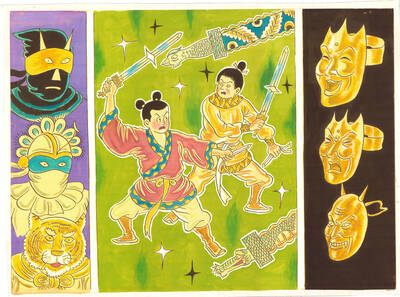Oded Brenner is a modern-day Willy Wonka. In the 1990s, he co-created an international chocolate empire, Max Brenner Chocolate, that includes a 7,000-square-foot emporium on Broadway in New York City.
Brenner left that venture in 2012, and a few years later began exploring a different side of chocolate. A trip to Jamaica in 2015 ignited a passion for cacao, which is more than just the beans that are turned into chocolate. Brenner saw people making juice, liquor and flour from the cacao fruit and using the whole pod instead of just the beans. He was amazed at how little he knew about cacao, despite having worked in chocolate for 20 years.
“It is the most unknown fruit behind the most known fruit,” summed up Brenner.

Photo: AP
Brenner told me that traditional chocolate production wastes most of the fruit. By contrast, he said, in Ecuador, they drink cacao water and eat the dried fruit of the pods.
“In fact, the entire pod is edible, but in our quest for the traditional chocolate, all of the other parts of the fruit are wasted,” he said.
Brenner now promotes the unsweetened fruit as having high antioxidant properties. The cacao fruit, he says, is packed with potassium, magnesium, iron and thiamine B1, among other things. The water is full of natural electrolytes.

Photo: AP
Brenner has created Blue Stripes Urban Cacao, with an online shop and a store in New York’s Union Square neighborhood, to tell both sides of the chocolate story. On one hand, you have the decadent, luxurious, refined experience of chocolate truffles and bonbons from fine chocolatiers. On the other hand, you have the rustic, unrefined, jungle experience of the colorful cacao fruit.
When I first met Brenner and was introduced to his line of sustainable and farmer-equitable cacao products, I started with the fruit itself. It was the first time I had ever held a cacao pod. It was deep red, about 10 inches long and shaped like a football with ridges. I cracked it open and tasted it. It is full of white sacks that hold cacao seeds, and around the seeds is the pulp or fruit. The fruit is slightly sweet and slightly sour, and has a pleasing, thick texture kind of like passionfruit. The seed inside, of course, is the cacao bean, which is traditionally fermented and roasted to make chocolate.
Next, I drank the cacao water, and I was in; I felt hydrated and refreshed.
I fell in love with Blue Stripes’ Cacao and Tahini Bars. With Brenner’s help, I created my own recipe for Dark Chocolate Tahini Cups, inspired by his focus on the whole cacao fruit.
DARK CHOCOLATE TAHINI CUPS
These homemade chocolates were inspired by Oded Brenner and his focus on the whole cacao fruit. They are satisfying and delicious like a good cup of espresso. Slightly bitter, creamy and exploding with dark, dark chocolate flavor. Remember to have all your ingredients are at room temperature before mixing, or the chocolate will cool down too quickly and you won’t be able to pour it. Makes 24 small “cups”
INGREDIENTS:
‧ 1 cup 100 percent cacao chocolate chips
‧ half cup plus 2 tablespoons room temperature tahini (not salted)
‧ 3 tablespoons date syrup (to sweeten)
‧ 1 teaspoon pure vanilla bean paste, like Nielsen-Massey
‧ 1/8 teaspoon ground cardamom
‧ Fresh grated nutmeg, about 1/16th teaspoon
‧ Pinch of fine-grain sea salt
TOPPING:
‧ Maldon sea salt Candied ginger, cut into slivers (optional)
‧ Unsalted pistachios (optional)
DIRECTIONS:
‧ Set a mini-cupcake tin with mini-cupcake papers. Melt the chocolate in a double boiler or on the chocolate-melting setting of a microwave. Meanwhile, mix the tahini, date syrup, vanilla paste, cardamom, nutmeg and salt. Add the melted chocolate slowly, and mix well until completely combined. Divide mixture among the 24 mini-cupcake papers. Immediately sprinkle each with a bit of Maldon sea salt. You can stop there or add the candied ginger and nuts. If adding, place a couple of pistachio nuts on top of each chocolate cup, and then a sliver or two of the candied ginger.
‧ Place the cups uncovered in the refrigerator to set. Remove when hard, and place in an airtight container, separating the layers with parchment paper.
‧ Serve cold or at room temperature.

In late October of 1873 the government of Japan decided against sending a military expedition to Korea to force that nation to open trade relations. Across the government supporters of the expedition resigned immediately. The spectacle of revolt by disaffected samurai began to loom over Japanese politics. In January of 1874 disaffected samurai attacked a senior minister in Tokyo. A month later, a group of pro-Korea expedition and anti-foreign elements from Saga prefecture in Kyushu revolted, driven in part by high food prices stemming from poor harvests. Their leader, according to Edward Drea’s classic Japan’s Imperial Army, was a samurai

The following three paragraphs are just some of what the local Chinese-language press is reporting on breathlessly and following every twist and turn with the eagerness of a soap opera fan. For many English-language readers, it probably comes across as incomprehensibly opaque, so bear with me briefly dear reader: To the surprise of many, former pop singer and Democratic Progressive Party (DPP) ex-lawmaker Yu Tien (余天) of the Taiwan Normal Country Promotion Association (TNCPA) at the last minute dropped out of the running for committee chair of the DPP’s New Taipei City chapter, paving the way for DPP legislator Su

It’s hard to know where to begin with Mark Tovell’s Taiwan: Roads Above the Clouds. Having published a travelogue myself, as well as having contributed to several guidebooks, at first glance Tovell’s book appears to inhabit a middle ground — the kind of hard-to-sell nowheresville publishers detest. Leaf through the pages and you’ll find them suffuse with the purple prose best associated with travel literature: “When the sun is low on a warm, clear morning, and with the heat already rising, we stand at the riverside bike path leading south from Sanxia’s old cobble streets.” Hardly the stuff of your

April 22 to April 28 The true identity of the mastermind behind the Demon Gang (魔鬼黨) was undoubtedly on the minds of countless schoolchildren in late 1958. In the days leading up to the big reveal, more than 10,000 guesses were sent to Ta Hwa Publishing Co (大華文化社) for a chance to win prizes. The smash success of the comic series Great Battle Against the Demon Gang (大戰魔鬼黨) came as a surprise to author Yeh Hung-chia (葉宏甲), who had long given up on his dream after being jailed for 10 months in 1947 over political cartoons. Protagonist